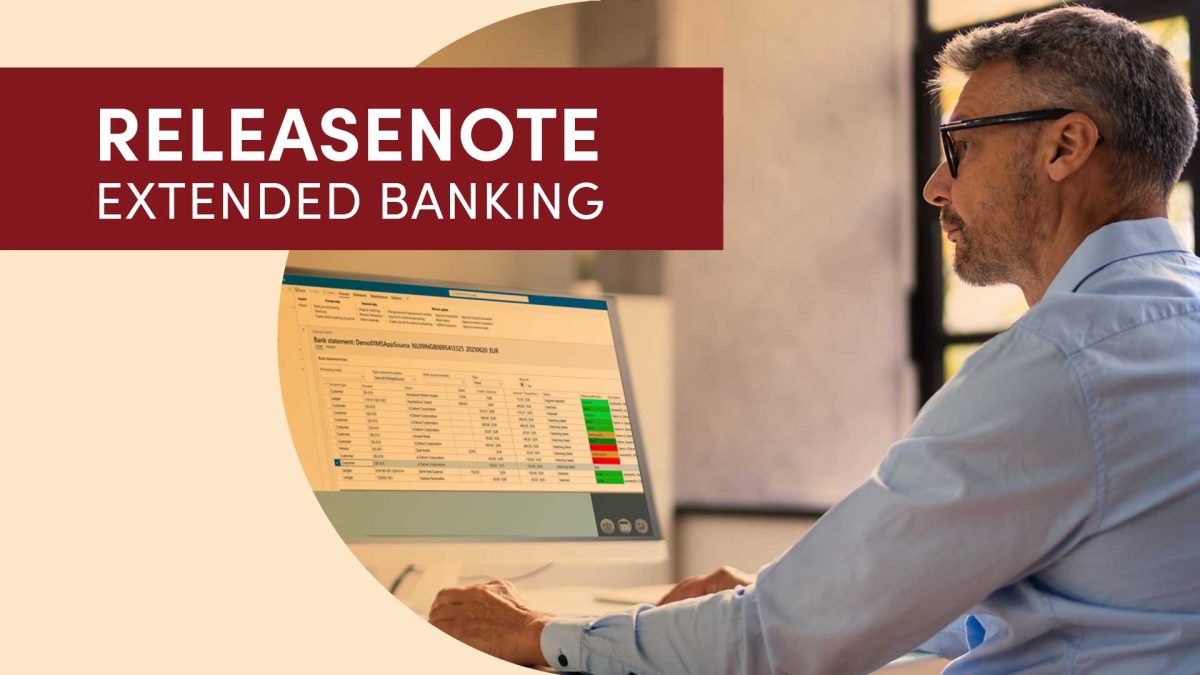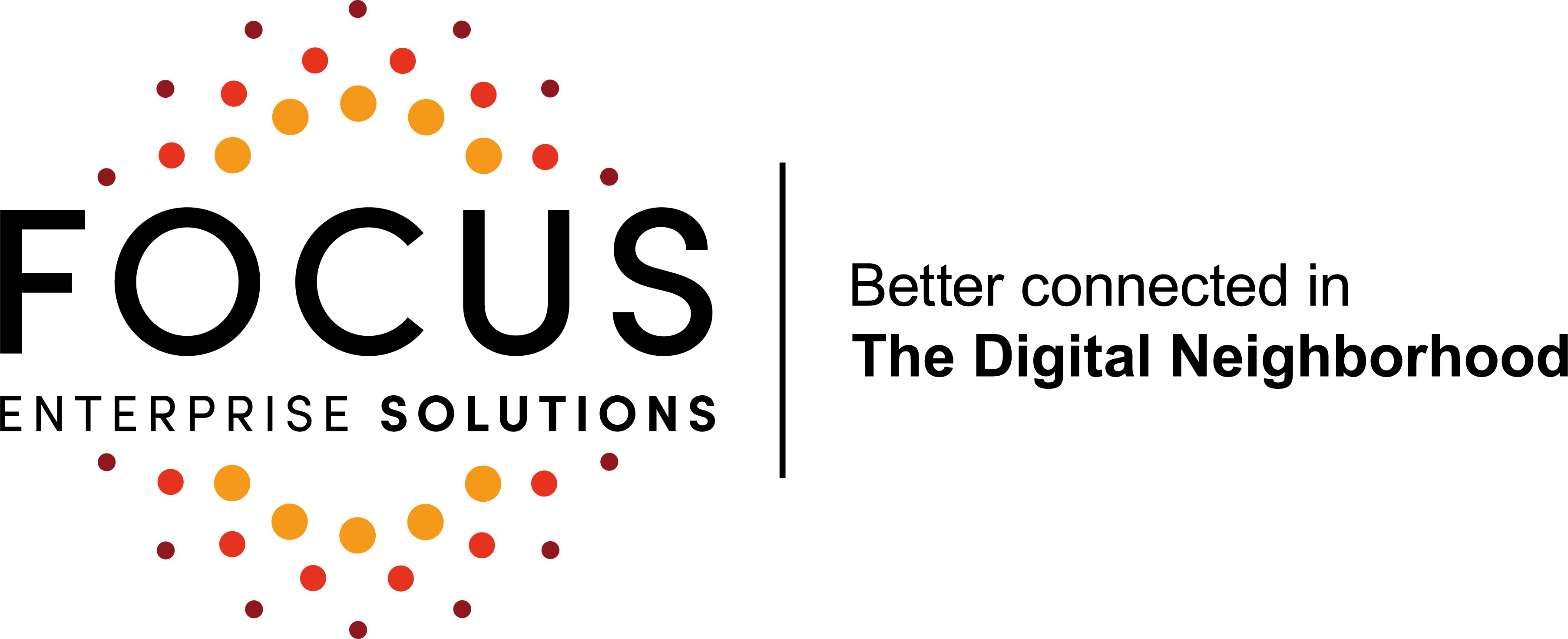Releasenote Extended Banking 5.2.0

Our solution for processing digital bank statements, Extended Banking, is constantly evolving and that regularly results in new releases. Customers receive an email with the extensive release note about bug fixes and new functionalities with each release. On our website we publish every release a blog, in which we explain some new functionalities more in detail.
At the end of September we released a new release and in this blog we tell you more about some of the new features that have been added to Extended Banking in Release 5. 2.0.
1. Running the Release Maintenance functionality across multiple company accounts
Since Release 5.0.0, the so-called Release Maintenance has been part of Extended Banking.Until version 5.2.0, it was only possible to run the Release Maintenance function per company account. Especially for Extended Banking users of companies with multiple company accounts, this turned out not to be very easy to work with, since for every company account the function has to be rotated again.
That is why, from Release 5.2.0, it is possible to run the Release Maintenance function across multiple company accounts at once. As an administrator of Extended Banking, this saves a lot of time, and possibly also annoyance.
2. Support for ‘Derivative dimensions’ in combination with the search value ‘General ledger’
In Extended Banking, it is possible to create a search value of type ‘General ledger’ that can be used to automatically allocate costs found in the bank statement line to a general ledger account, if desired using one or more financial dimensions. In Dynamcis 365 it is possible to set so-called derivative dimensions in, with which users can derive dimensions based on a previous dimension in the account string. This is different from the configuration of the account structure, because the derived dimension is a suggestion rather than something that is mandatory. However, the use of derived dimensions has not yet been supported in Extended Banking. A change has been made so that the function can be used in combination with the search value ‘General ledger’.
3. Copying search values
When Extended Banking is implemented, it often happens that many search values have to be set, which are almost identical in content. For example, 100 equivalent search values must be created for 100 stores in order to automatically identify and assign cash register transactions. Such search values are almost entirely the same, except for a small detail, such as a financial dimension that is different or another unique code that is used for each store.
Release 5.2.0 introduces a function to copy an existing search value. The repeated manual creation of (almost) identical search valuesn becomes superfluous and one can create such search value much faster. The user only needs to enter the ID of the new search value and the description. This makes the process of ‘duplicating’ search values a lot faster, easier and less error-prone.
4. Flag vendor transactions based on a field in the vendor transactions table
The automatic discovery of supplier transactions within Extended banking is currently based on the search for invoice numbers. However, there are situations where finding a transaction from a supplier cannot be based on the invoice number, as these are not always available in Dynamics 365.
Release 5.2.0 introduced a lookup value that can be used to find vendor transactions based on information other than the invoice number itself. The search value works in the same way as the existing search value ‘Invoice’. A mask can be set to identify specific information in a bank statement transaction and match it with informationin fields on the vendor transaction table. Think, for example, of PaymentId, Control number or Payment specification, but also searching in a customized field is possible.
5. Export and import of Extended Banking Parameters
A lot of setup in Extended Banking is done in the Import Media and Settlementmethods, both of which can be easily distributed with exports and imports across company accounts and environments. However, this does not apply to the global parameters and other provisioning, such as Storneringscodes, Process states, and Job processing settings.
In Release 5.2.0, new Data Entities have been added to Extended Banking, which make it possible to easily distribute the Extended Banking provision across company accounts and environments. This makes it much easier and more efficient for larger companies, with many company accounts in multiple environments, to be able to take over the entire design of Extended Banking.
Do you want to know more about Extended Banking?
Do you not yet use Extended Banking, but have you become enthusiastic about our solution after reading these new functionalities? Please contact us. We are happy to tell you more about the possibilities for your organization.
Or catch our webinar about Extened Banking. This is in Dutch only, but please contact us if you want a demo in English.

Comments are closed.


